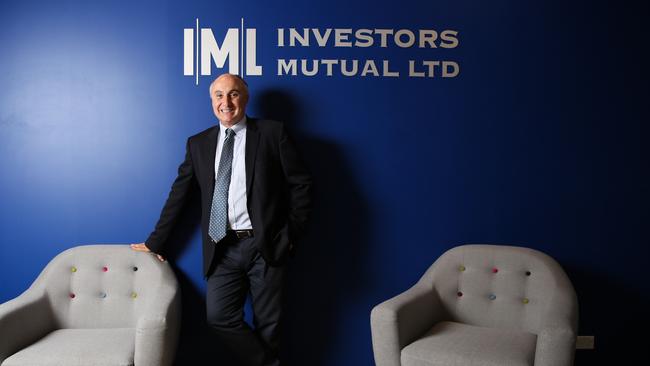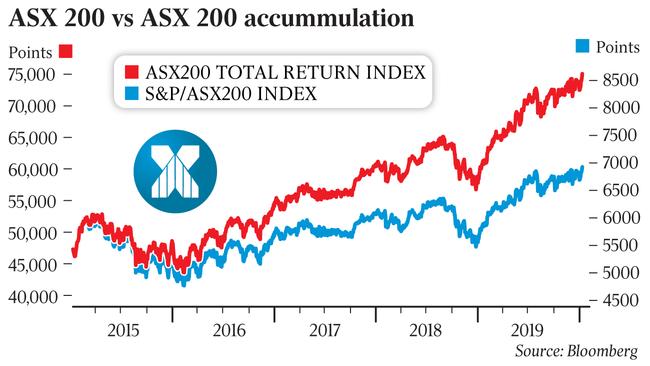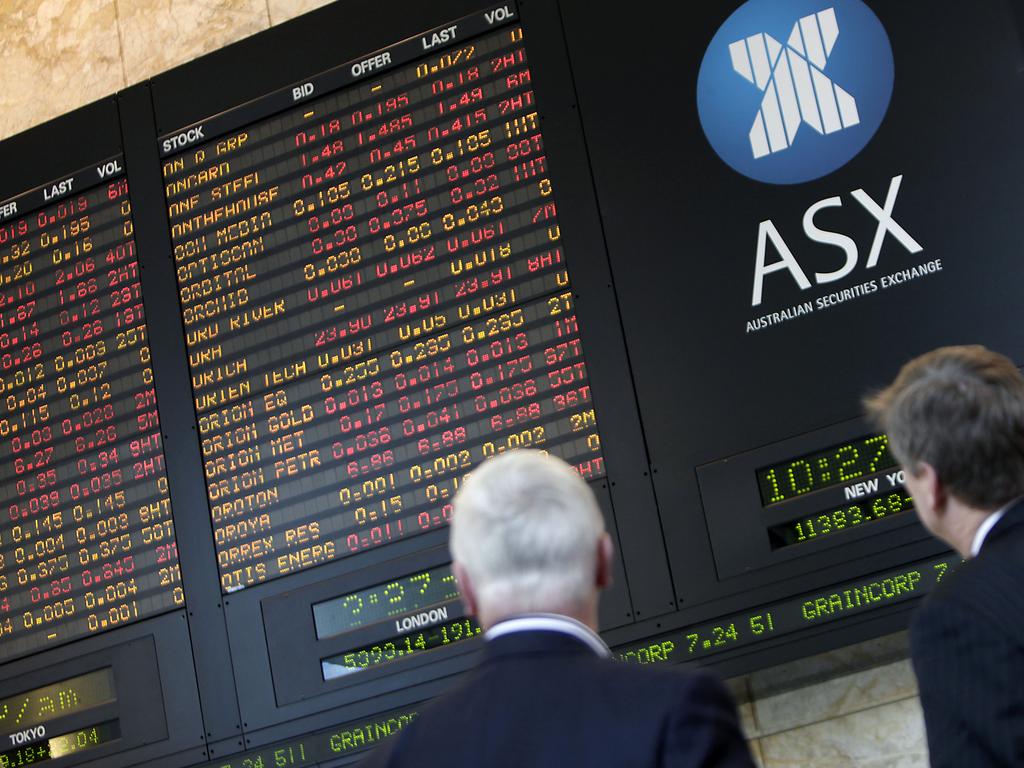Lessons from master investor Anton Tagliaferro
From seemingly unending bull markets to sharp corrections, Investors Mutual founder Anton Tagliaferro has seen it all.

From seemingly unending bull markets to the inevitable sharp corrections, Investors Mutual founder Anton Tagliaferro has seen all manner of market cycles in his distinguished career at the helm of one of Australia’s best-known fund managers.
His new book, “20 Lessons from 20 Years of Quality and Value Investing”, gives retail investors an invaluable guide to the rules that have underpinned his success as an active fund manager.
The first major correction he witnessed was the 1987 crash when the Australian sharemarket fell 25 per cent in a single day, marking the start of a very traumatic period for investors.
Other painful corrections in recent decades have included the Asian crisis of 1997, the tech wreck of 2001, the GFC of 2008 and the euro debt crisis of 2011.
Of course the market has gone on to set record highs, surging 18 per cent last year — its best year since 2009 — as central banks undertook their biggest policy shift since the crisis.
This week the US and Australian markets hit new records as the latest US-Iran conflict calmed.

Of particular relevance to the current fortuitous cycle of falling interest rates and avoidance of recession in the major economies — which may look like it will go on forever to anyone with a short memory or limited experience — the book starts off by debunking the flawed logic of momentum investing, or what Tagliaferro disparagingly refers to as “following the herd”.
He points out that momentum investing was also prevalent during the 1990s tech boom and the China-led Aussie mining boom of the 2000s — both of which ended in tears.
Tagliaferro says that’s why it’s crucial to always focus on good-quality companies.
“What these corrections taught me was to always understand the companies you own and why you own them,” he told The Weekend Australian.
“In a correction everything tends to fall, but good-quality companies recover.
“Many of the speculative stocks that people chase during a boom end up trading at a fraction of their pre-boom levels and do not recover.”

Given the often unpredictable nature of the market, prudent investors should stick to good-quality, well-established and well-managed companies and avoid the latest fad.
“We have found that they provide more consistent levels of returns and dividends over time despite the volatility inherent in the sharemarket,” he says.
That leads into the need to understand the difference between speculating and investing.
If one buys shares in companies with fundamental values that are too hard to measure — due to a lack of income and inability to pay dividends — the buyer must rely on “bigger fool” theory.
In other words, they are simply betting that a bigger fool will buy those shares at a higher price.
Investing, on the other hand, means patiently buying a diversified portfolio of shares in companies that generate sustainable cashflows for dividends or reinvest in the business.
In a similar vein, Tagliaferro says the internet and pay-TV have brought a proliferation of information, but much of it is “noise” that’s “largely irrelevant to the long-term value of companies”.
He relies on knowledge attained through countless hours of research into ASX-listed companies of sufficient quality in order to decide when to buy and sell.
That means understanding what drives their earnings, competitive position and management’s long-term plans for shareholder wealth creation, as well as corporate debt and serviceability.
Of course, dividends are a key consideration, since they won’t necessarily be affected by the level of the sharemarket and can act as a “safety net” in times of volatility. Tagliaferro shows that dividends have on average generated almost half of the annual return from ASX300 companies over the past two decades — almost as much as the rise in the index alone.
Corporate demergers are always worth a “closer look” because parts of a company can have a long track record as part of a conglomerate, enabling detailed research into their performance over the economic cycle to determine if a stand-alone company is a worthwhile investment.
Demerged companies often do well because their management teams can focus on improving value and because they no longer compete with other parts of a conglomerate for resources.
To find companies with a strong competitive advantage, Tagliaferro looks for exclusive licences or concessions and the scale to afford buying power and spending on R&D and IT.
But he cautions that a company’s competitive advantage can be quickly eroded if management don’t invest enough in their business, as in the case of Woolworths early last decade, when it raised prices so much that it lost market share, before embracing significant investment.
He also looks at the concentration risk of passive investing in indexes that have an inordinate exposure to certain sectors such as banks or resources.
The Small Ordinaries Index, for example, has a 22 per cent weight to resources, whereas IML’s smaller companies fund holds just 6 per cent in the sector, given that it contains very risky and speculative exploration companies, the vast majority of which are losing money.
Investors should instead focus on capital preservation, long-term capital growth and income.
Tagliaferro only holds stocks that are justified on quality and valuation. He isn’t afraid to hold cash if there isn’t enough value available in the sharemarket, and isn’t big on gearing.
He shies away from large stakes in resources and other highly cyclical stocks like Sims and BlueScope, and won’t take big bets in highly volatile or “concept” stocks like WiseTech. He shuns WiseTech because of its valuation and the “huge risks” of integrating 30 IT companies into one.
Later in the book, Tagliaferro maps out the strengths and weaknesses of the Australian economy and why they favour some sectors and companies over others for the coming decade.
20 Lessons from 20 Years of Quality and Value Investing,
by Anton Tagliaferro.
Investors Mutual Ltd, $39.99.








To join the conversation, please log in. Don't have an account? Register
Join the conversation, you are commenting as Logout